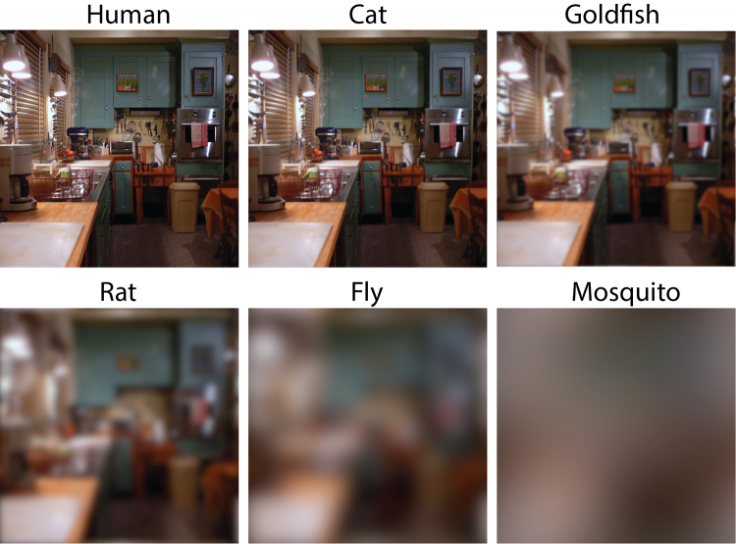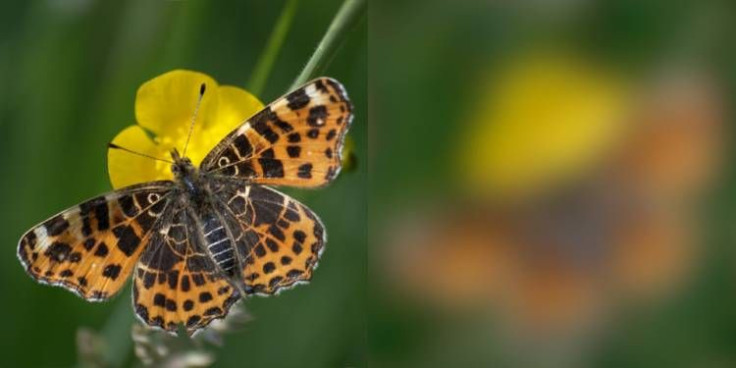Huge Differences Seen In How Mammals, Birds, And Insects See The World

A research looking into how different species of mammals, birds, and insects see their surroundings has revealed major differences that suggest human vision is one of the best in the animal kingdom, particularly when it comes to sharpness and discerning the details of far-off objects.
Scientists already know our two peepers are not so good at visualizing things in the dark, like how cats do, but the latest work from researchers at Duke University, United Kingdom, confirmed most other species living on the planet do not see things as well as we do.
Using human vision as the standard for sharpness, the group compared and ranked the vision of different species to determine how blurry or sharp things appear to them. However, as they couldn’t ask animals or insects to identify letters on a chart, information regarding their ocular anatomy was combined with behavioral tests to measure the visual acuity.
The measurements were taken in terms of cycles per degree or the number of pairs of black and white parallel lines a particular species could see within a degree of vision. This way, according to the findings, humans can see approximately 60 pairs of lines, which allows us to see far-off objects clearly such as road signs.
Eyesight of primates and chimpanzees also carry the same level of sharpness, but surprisingly, a few birds of prey resolve twice more detail than humans such as the wedge-tailed eagle of Australia, which can see as many as 140 cycles per degree. These birds see something as small as a rabbit while flying thousands of feet above the ground.
However, apart from this, no other animal, bird or insect’s clarity of vision was even close to that of humans. Other birds and fish see about 30 or fewer cycles per degree, while elephants, dogs, and cats see nearly 10. Though this point defines if a person is legally blind or not, most insect and animal species see less than 10 cycles per degree, with many not even resolving more than one.
The researchers noted a whopping 10,000 fold difference between animals with most sharp eyes and those with poor, blurry vision. They even crunched this information in a sophisticated software to show how things would appear to different animal species.
The difference in sharpness seen in the images indicates some animal species might be able to see some features others can’t and receive an intended message or signal from that. For instance, in the image below, the spots, stripes, and splotches on the butterfly’s wings might not be visible to those of its kind, even from a closer point, but a predator bird can easily the pattern, which, many think, serves as a warning signal to keep them away.

Another example is of orb-weaver spiders that decorate their webs with special zig-zag like silk patterns. Scientists think it could be a way to keep the birds, which can see the pattern from far-off, from colliding into the web.
That said, it is worth noting here this is just the visual information or what the animals see. How that information is processed in the animals’ mind could completely different.
“The point is that researchers who study animal interactions shouldn’t assume that different species perceive detail the same way we do,” Eleanor Caves, the author of the study, said in a statement.
The study, titled "Visual Acuity and the Evolution of Signals," has been published in the journal Trends in Ecology & Evolution.
© Copyright IBTimes 2024. All rights reserved.





















